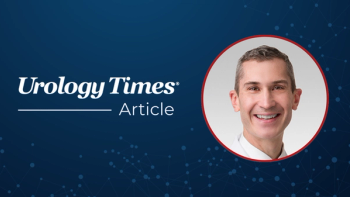
Time to embrace expanded role of non-physician providers
In urology, NPPs are taking on more defined responsibilities.
In recent years, discussion about the existence of a physician shortage in the United States has moved from the realm of debate to fact. A major shortage exists now and will continue.
Clearly, medical school and residency training positions must be expanded to address the problem of decreasing physician supply and increasing demand for services. It is also clear, however, that the creation of new residency positions would take a decade or longer to make any impact on the work force. In short, alternative solutions must be considered.
In urology, NPPs are taking on more defined responsibilities. Specifically, they can diagnose and manage certain conditions, order diagnostic tests, prescribe drug and non-drug therapies, provide patient education, and perform procedures such as catheterization and urodynamics. Many believe they can do more, with a recent survey of pediatric urology NPs showing that 39% thought they could function completely independently in managing bowel and bladder dysfunction, and 30% felt they could work independently performing urodynamics (see article, "Survey: Pediatric urology NPs may be able to take on more").
The integration of these allied professionals into our practices remains a work in progress. While NPPs have masters-level training, most of their specialty-specific training comes on the job. The AUA has addressed this, in part, by offering a number of allied health professional courses during its annual meeting.
The work force shortage and the expanding role of NPPs are changing how medicine is practiced. Successful urologists must embrace an evolving practice model in which they are the leader of a team of NPPs who serve as an extension of, not a substitute for, the urologist's expertise.
Dr. Snyder, a member of the Urology Times Editorial Council, is professor of surgery in the department of urology at the University of Pennsylvania School of Medicine, Philadelphia.
Newsletter
Stay current with the latest urology news and practice-changing insights — sign up now for the essential updates every urologist needs.


















